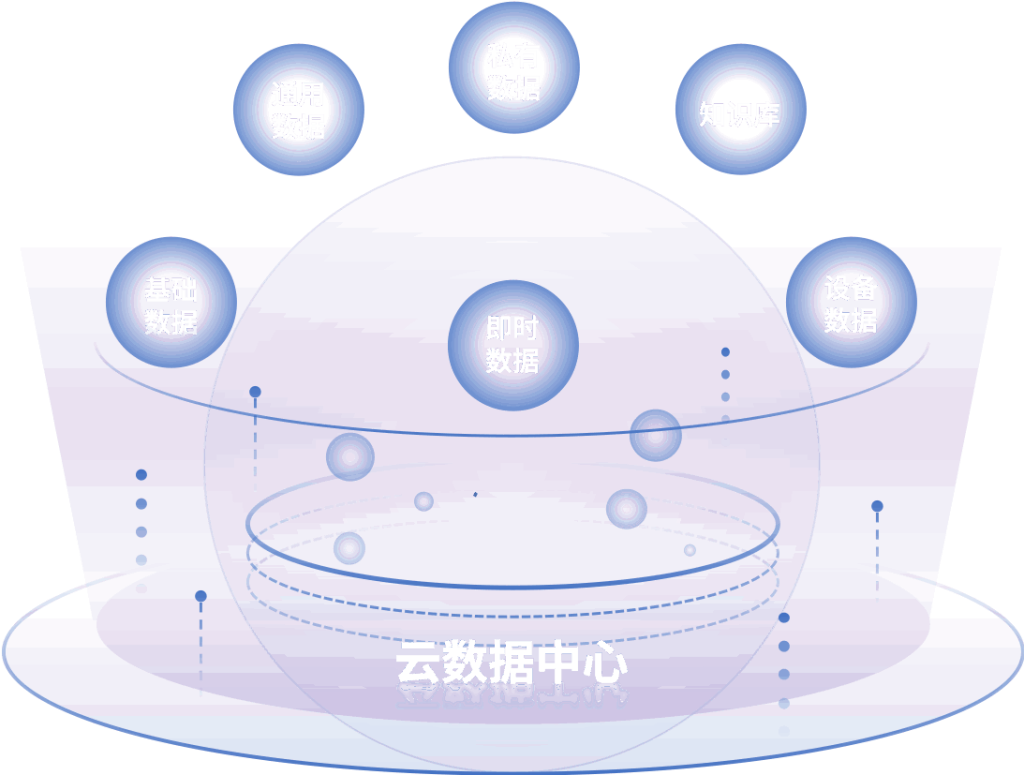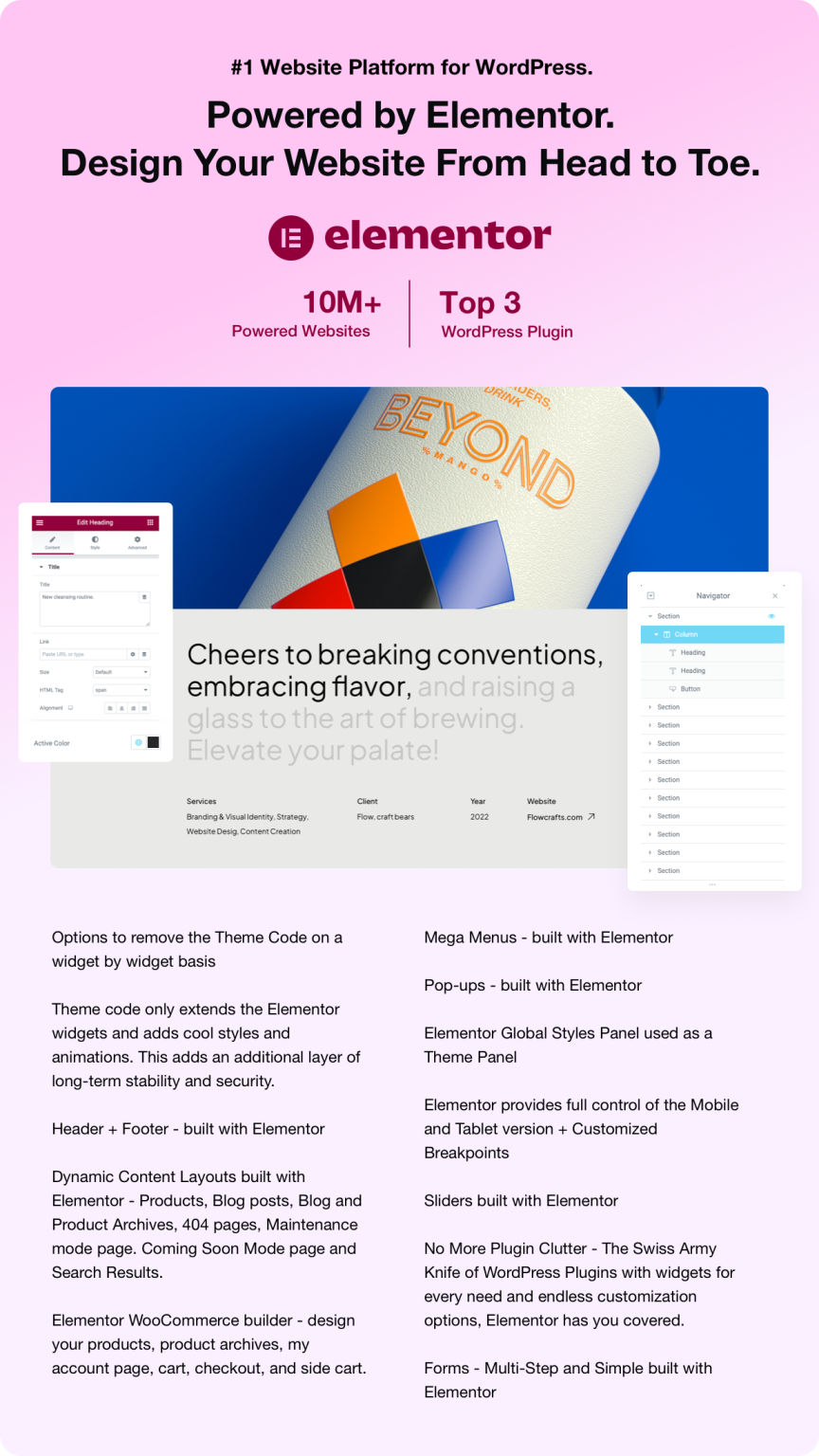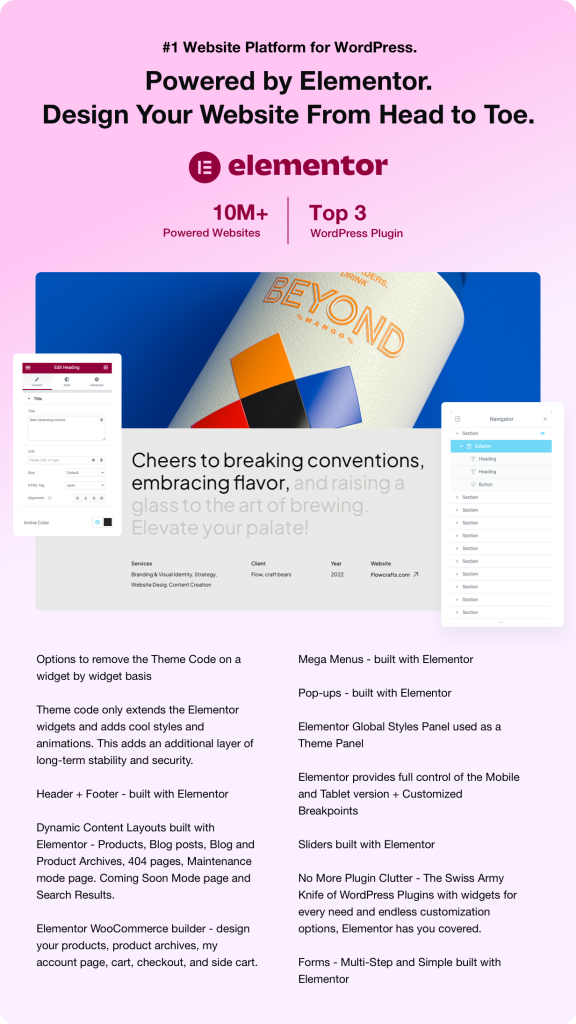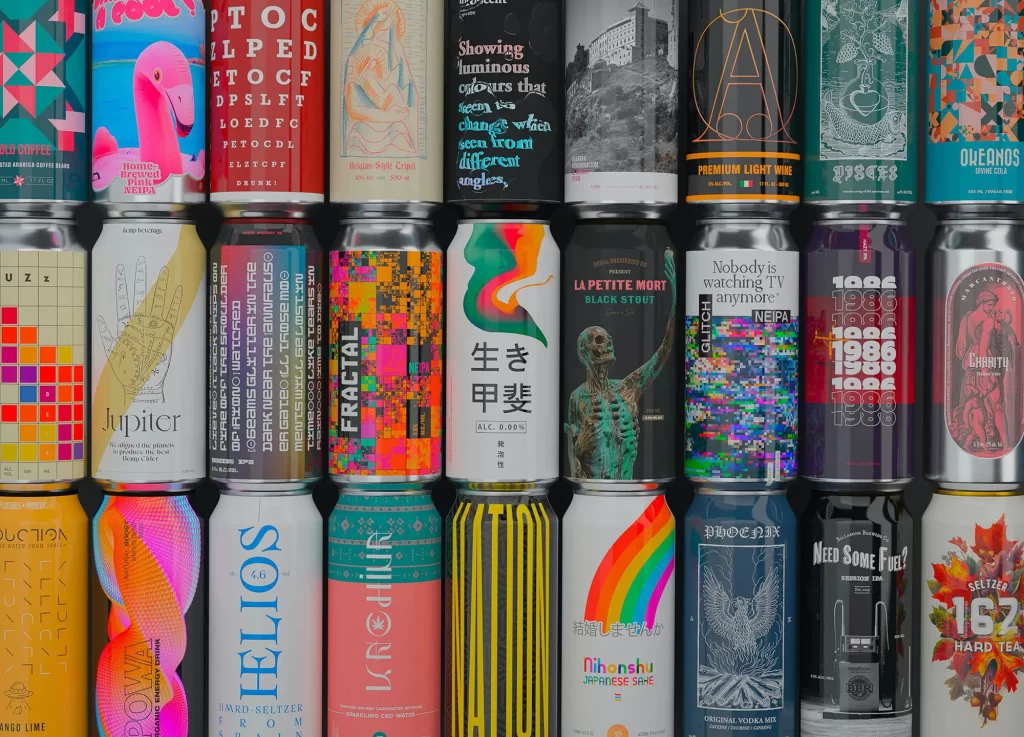In today’s fast-paced business landscape, efficiency and predictive capability are paramount for staying competitive. Enter the realms of Workflow Automation and AI Predictive Models, two transformative technologies that are reshaping how organizations streamline operations and anticipate future trends. As companies grapple with increased data loads and complex workflows, the integration of these technologies is not just a trend but an essential strategy for success. This article delves into the latest updates, industry applications, and insightful technical approaches surrounding these concepts, particularly within the context of Stability AI and its role in this evolving ecosystem.
.
### The Rise of Workflow Automation in Business Operations
Workflow automation has become an indispensable element in modern business strategies. By automating repetitive tasks, organizations can significantly enhance efficiency and reduce the potential for human error. According to a report by McKinsey & Company, automation can reduce operational costs by up to 30% and free up employees to focus on higher-value work.
Leading industries have adopted workflow automation to enhance processes ranging from customer service interactions to supply chain management. For instance, applications like Trello or Asana allow teams to automate project management tasks, while platforms such as Zapier enable seamless integration between various applications to create customized automated workflows.
.
### Incorporating AI Predictive Models: A Game Changer
Predictive analytics powered by AI models has emerged as a crucial tool for businesses looking to leverage data for strategic insights. By analyzing patterns from historical data, AI predictive models can forecast future trends, customer behavior, and potential risks. For example, retail giants like Amazon utilize predictive analytics to optimize inventory management, ensuring they meet consumer demand while reducing excess stock.
The ability to predict outcomes provides businesses with a significant competitive edge. Research by Gartner indicates that the market for AI-powered analytics is expected to grow significantly, with predictions indicating a growth rate of over 28% annually through 2025. This surge reflects the increasing recognition of AI as a tool for enhancing decision-making at all organizational levels.
.
### The Symbiotic Relationship Between Workflow Automation and AI
As organizations have begun adopting both technologies, the synergy between workflow automation and AI predictive models becomes apparent. Companies can automate workflows like data entry, approval processes, and reporting, while AI enhances these workflows by providing predictive insights that guide decision-making.
For instance, a financial institution might automate its loan application processing while integrating AI to analyze applicants’ creditworthiness based on historical data. This approach not only speeds up operations but also ensures a more objective evaluation process.
Stability AI plays a pivotal role in this arena. By developing advanced AI algorithms capable of making predictive analyses in various sectors—from healthcare to finance—Stability AI enhances the workflows of businesses, ensuring they remain agile and proactive in their decision-making processes.
.
### Industry Applications: Real-World Examples of Workflow Automation and AI
The food delivery industry exemplifies the powerful combination of workflow automation and AI predictive models. Companies like DoorDash rely on automated systems to manage orders, deliveries, and restaurant partnerships. Concurrently, they use AI predictions to analyze customer behaviors, which inform promotions, menu suggestions, and delivery times.
Healthcare is another industry where this integration proves valuable. Automated appointment scheduling systems reduce patient wait times, while AI predictive models analyze patterns in patient data to predict health trends and create tailored healthcare services. This dual approach leads to better resource allocation and improved patient outcomes.
Manufacturing also benefits significantly from these technological advancements. Automation tools help manage inventory and production workflows, while AI models predict equipment failures and maintenance needs. By forecasting these issues, manufacturers can reduce downtime and optimize maintenance schedules, significantly impacting productivity.
.
### Technical Insights: Innovation at the Intersection of Automation and AI
Technological advancements are pivotal in pushing the boundaries of what is possible with workflow automation and AI predictive models. Recent advancements in machine learning algorithms, natural language processing, and robotics have further enhanced the capabilities of these tools.
Tools like RPA (Robotic Process Automation) are becoming essential in executing repetitive tasks, allowing organizations to automate rule-based processes. When integrated with advanced AI algorithms, such RPA systems can learn from ongoing data inputs and optimize workflows continuously.
Moreover, cloud technologies have facilitated the scaling of these solutions, enabling businesses to access sophisticated AI analytics without significant upfront investments in hardware. With companies like Stability AI leading the charge in democratizing access to AI, even small enterprises can harness powerful predictive models typically reserved for larger corporations.
.
### Addressing Challenges: Ensuring Success in Implementation
Despite the vast potential of workflow automation and AI predictive models, challenges exist that organizations must navigate to achieve successful implementation. Data privacy and security stand out as paramount concerns, particularly as businesses increasingly rely on customer data for predictive models. Compliance with regulations such as GDPR is vital to maintain consumer trust and avoid hefty fines.
Additionally, organizations must ensure that employees are equipped with the right skills to use these advanced technologies effectively. Investing in training programs and fostering a culture of adaptability are essential to ensure the workforce can leverage automation and AI to its fullest potential.
.
### Future Trends: What to Expect in Workflow Automation and AI
As the future unfolds, we can expect to see more innovations at the intersection of workflow automation and AI. The push for augmented intelligence—where human intelligence is enhanced by AI rather than replaced—will drive acceptance and integration across various sectors.
The emergence of no-code or low-code platforms will further simplify the development of automated workflows and integration of AI tools, allowing non-technical users to build solutions suited to their specific operational needs.
In conclusion, the growing integration of workflow automation and AI predictive models signifies a crucial evolution in how businesses operate, make decisions, and deliver value to customers. Companies not only benefit from increased efficiency and cost savings but also gain invaluable insights that guide their strategic direction. As technologies like Stability AI continue to develop, the future promises even greater levels of innovation and sophistication that will redefine business operations across all industries.
.
### Sources
1. McKinsey & Company. (2021). The future of work: How new automated technologies are reshaping the workplace.
2. Gartner. (2022). Predicts 2022: AI and Machine Learning Will Drive Growth in Business Intelligence.
3. Amazon. (2023). How Amazon uses predictive analytics for inventory management.
4. Stability AI. (2021). Introduction to AI Predictive Modeling for Business Applications.
By embracing the dual revolution of workflow automation and AI predictive models, businesses can not only survive but thrive in an increasingly complex world. The journey of transformation begins with strategic investments in technology and a commitment to continuous improvement, ensuring organizations are well-prepared for the challenges of tomorrow.





















